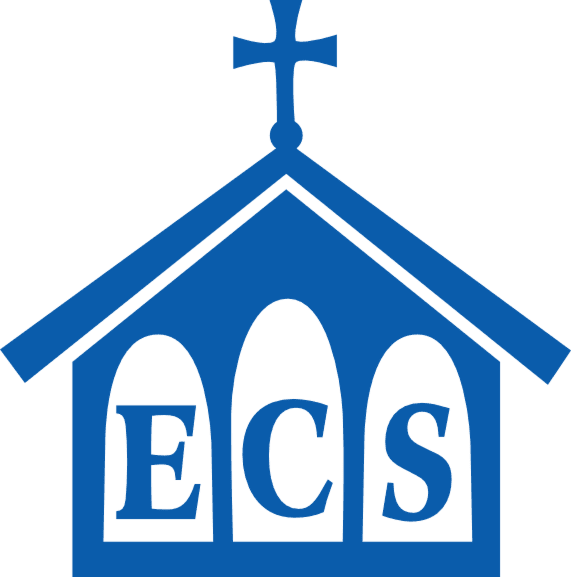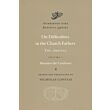On Difficulties in the Church Fathers׃ The Ambigua, Volume I
Maximos the Confessor
Edited and Translated by Nicholas Constas
Edited and Translated by Nicholas Constas
Publication Data: Cambridge, MA/London, United Kingdom: Harvard University Press, 2014
Format: hardcover
Number of Pages: xxxii + 501
Dimensions (l × w × h): 21.0 cm × 14.0 cm × 3.1 cm
Additional Information: dust jacket, one bookmark ribbon
ISBN: 978‒0‒674‒72666‒6
Maximos the Confessor
Edited and Translated by Nicholas Constas
No. 28 of Dumbarton Oaks Medieval Library
Volume I of On Difficulties in the Church Fathers: The Ambigua
“In a concise account of the Confessor’s works drawn up shortly after his death, we are exhorted to: ‘Take up and read his Ambigua, which all creation has admired, and continues to admire, and will never cease to admire.’ As these words suggest, the Ambigua (or ‘Book of Difficulties’) has long been recognized as one of Maximos’s most important works. From a philosophical and doctrinal point of view, it is undoubtedly his greatest work, in which his daring originality, the profundity of his thought, his prodigious talent for speculative thinking, and the sharpness of his analytical acumen are all on lavish display. The work as a whole has had a slightly complex history of composition, for under the general title of the Ambigua are in fact two works—two ‘Books of Difficulties’—written several years apart: the Ambigua to Thomas and the Ambigua to John. It was once believed that the two works were brought together by the confusion of a scribe or some other accident of textual transmission, but there are good reasons for seeing the two sets of Ambigua as a literary, thematic, and theological unity. In the first place, both works are written in the same literary genre, broadly characterized as ‘Questions and Answers,’ a mode of exposition popular in both monastic and philosophical circles. Both are a series of elucidations of obscure (or ‘ambiguous’) passages in the writings of Saint Gregory of Nazianzos, also called the Theologian—a fourth-century church father who by Maximos’s day had become an unimpeachable standard of the Orthodox faith, but whose often allusive and enigmatic utterances called for explanation. Finally, and not least, there is no longer any question that it was Maximos himself who brought the two works together, clearly seeing in them the organic unity that indeed runs through the entire collection.”
—“Introduction: The Ambigua”
CONTENTS
Introduction
Ambigua to Thomas
Ambigua to John, 1–22
Abbreviations
Note on the Text
Notes to the Text
Notes to the Translation
Format: hardcover
Number of Pages: xxxii + 501
Dimensions (l × w × h): 21.0 cm × 14.0 cm × 3.1 cm
Additional Information: dust jacket, one bookmark ribbon
ISBN: 978‒0‒674‒72666‒6
Maximos the Confessor
Edited and Translated by Nicholas Constas
No. 28 of Dumbarton Oaks Medieval Library
Volume I of On Difficulties in the Church Fathers: The Ambigua
“In a concise account of the Confessor’s works drawn up shortly after his death, we are exhorted to: ‘Take up and read his Ambigua, which all creation has admired, and continues to admire, and will never cease to admire.’ As these words suggest, the Ambigua (or ‘Book of Difficulties’) has long been recognized as one of Maximos’s most important works. From a philosophical and doctrinal point of view, it is undoubtedly his greatest work, in which his daring originality, the profundity of his thought, his prodigious talent for speculative thinking, and the sharpness of his analytical acumen are all on lavish display. The work as a whole has had a slightly complex history of composition, for under the general title of the Ambigua are in fact two works—two ‘Books of Difficulties’—written several years apart: the Ambigua to Thomas and the Ambigua to John. It was once believed that the two works were brought together by the confusion of a scribe or some other accident of textual transmission, but there are good reasons for seeing the two sets of Ambigua as a literary, thematic, and theological unity. In the first place, both works are written in the same literary genre, broadly characterized as ‘Questions and Answers,’ a mode of exposition popular in both monastic and philosophical circles. Both are a series of elucidations of obscure (or ‘ambiguous’) passages in the writings of Saint Gregory of Nazianzos, also called the Theologian—a fourth-century church father who by Maximos’s day had become an unimpeachable standard of the Orthodox faith, but whose often allusive and enigmatic utterances called for explanation. Finally, and not least, there is no longer any question that it was Maximos himself who brought the two works together, clearly seeing in them the organic unity that indeed runs through the entire collection.”
—“Introduction: The Ambigua”
CONTENTS
Introduction
Ambigua to Thomas
Ambigua to John, 1–22
Abbreviations
Note on the Text
Notes to the Text
Notes to the Translation
Write Your Own Review






